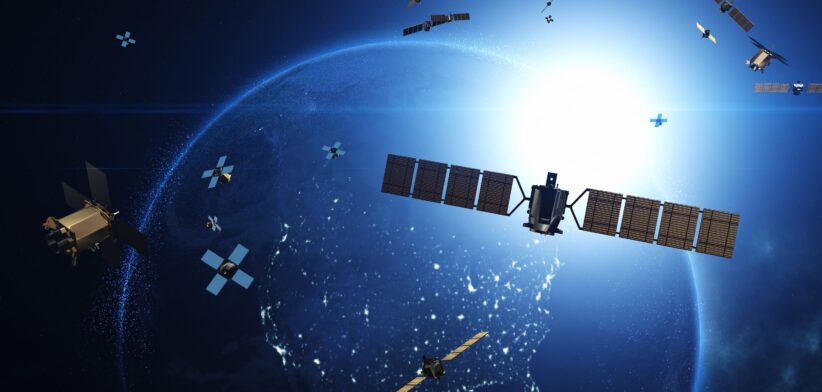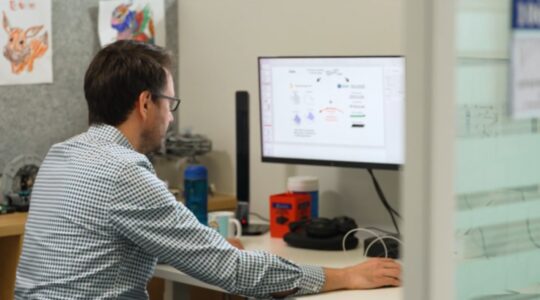Thousands of satellites are leaking radio signals at a frequency which interferes with astronomers’ ability to study the night sky.
Curtin University researchers in Western Australia undertook the world’s biggest survey of low frequency satellite radio emissions, uncovering the impact of unintended signals from the satellites.
PhD candidate and study lead Dylan Grigg said the team focused on the Starlink mega-constellation as it had the most satellites in orbit – more than 7000 – during the time of the study.
Mr Grigg said the Starlink satellites were significantly interfering with radio astronomy observations, potentially impacting discovery and research, through leaked signals from onboard electronics.
He said these could drown out the faint radio waves astronomers used to study the universe, which was increasingly important as the world’s largest and most sensitive radio telescope the Square Kilometre Array (SKA) comes online later this decade.
“In some datasets, we found up to 30 percent of our images showed interference from a Starlink satellite.”
Mr Grigg said the issue wasn’t just the number of satellites, but the strength of the signals and the frequencies they were visible at.
“Some satellites were detected emitting in bands where no signals are supposed to be present at all, such as the 703 satellites we identified at 150.8 MHz, which is meant to be protected for radio astronomy,” Mr Grigg said.
“Because they may come from components like onboard electronics and they’re not part of an intentional signal, astronomers can’t easily predict them or filter them out.”
Study co-author Steven Tingay said there was scope for regulatory improvement to help avoid satellites interfering with research.
“Current International Telecommunication Union regulations focus on intentional transmissions and do not cover this type of unintended emission,” Professor Tingay said.
“Starlink isn’t the only satellite network, but it is by far the biggest and its emissions are now increasingly prominent in our data.”
He said satellite technology and radio astronomy were both important but needed to exist in harmony.
“We’re standing on the edge of a golden era where the SKA will help answer the biggest questions in science: how the first stars formed, what dark matter is and even test Einstein’s theories,” Professor Tingay said.
“But it needs radio silence to succeed. We recognise the deep benefits of global connectivity but we need balance and that starts with an understanding of the problem, which is the goal of our work.”
Read the full study: The growing impact of unintended Starlink broadband emission on radio astronomy in the SKA-Low frequency range.








